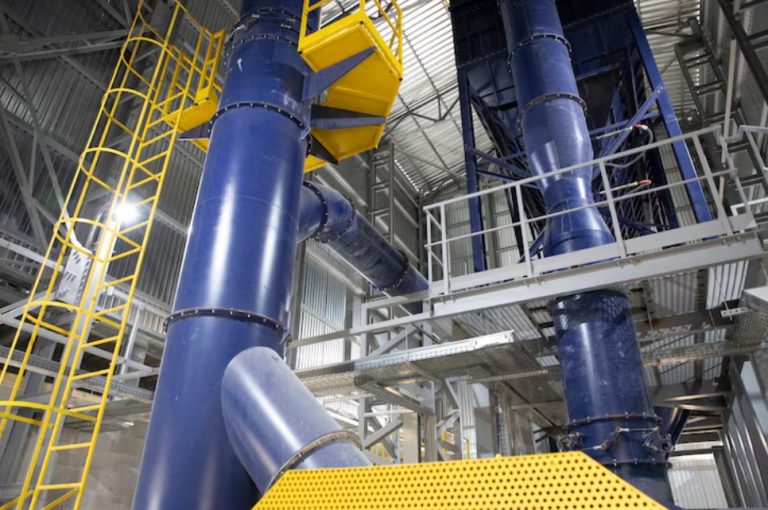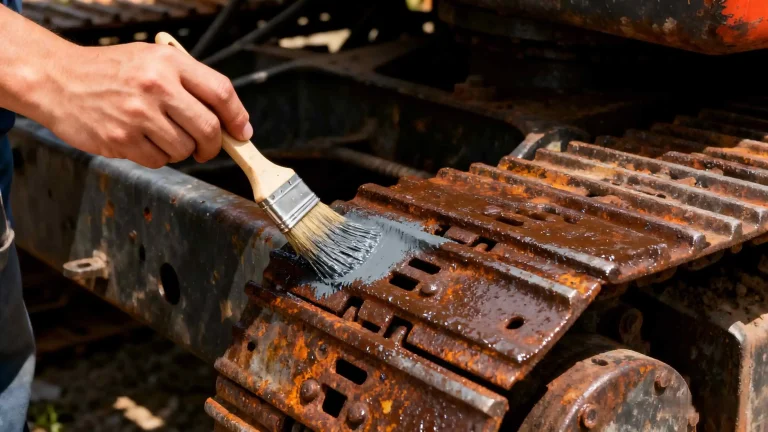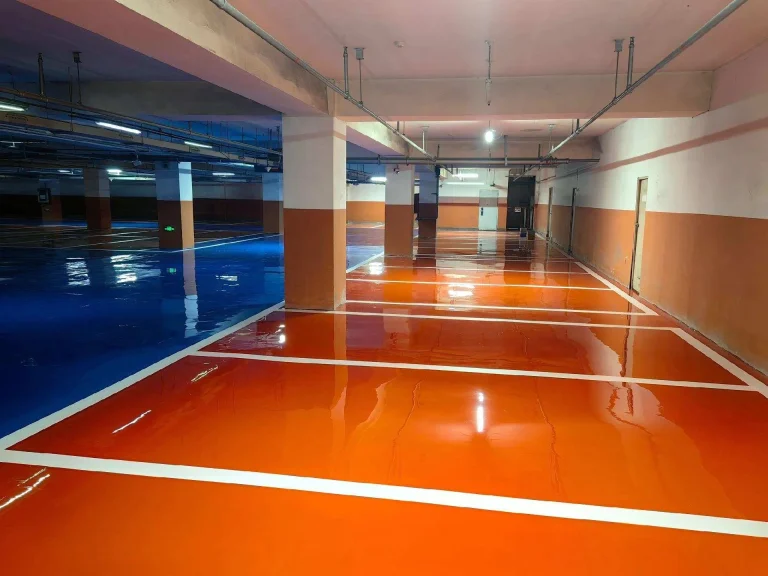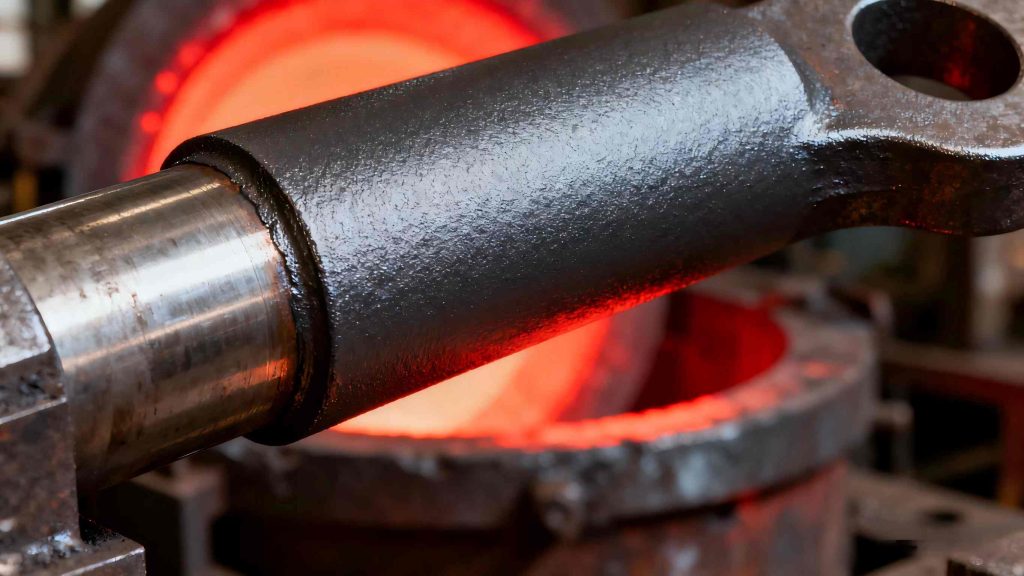
Picture this: you’re firing up the backyard BBQ on a hot summer day. Burgers are sizzling away. But then you spot the grill’s surface starting to flake and change color from the heat. Not the mood you want, huh? That’s when a good heat resistant coating steps in. It’s the quiet protector that keeps metal parts fresh and working in tough heat. If you deal with metal pieces in hot spots, like exhaust systems or fireplaces, picking the right coating isn’t just wise. It’s vital to skip expensive fixes and lost time.
In this guide, we’ll lay it all out. We’ll talk about what these coatings do. What to watch for when picking one. Real-life uses. And even some hands-on tips. By the end, you’ll know how to choose a coating that handles the heat—for real. Let’s get into it.
What Are Heat Resistant Coatings and Why Do They Matter?
Heat resistant coatings are special paints or finishes made to guard metal surfaces from blazing temperatures, rust, and wear. Think of them as a barrier that lets metal parts face open flames or steady heat without trouble. These aren’t regular wall paints. They’re built with sturdy resins, like those based on silicone, that stay strong up to 800°C or higher.
Why care? Without the right shield, metal can bend, corrode, or just break down. I’ve talked to mechanics who saw exhaust pipes get weak after a couple seasons. The coating couldn’t take it. In fields like cars or kitchen gear, a solid coating stretches out how long things last. It cuts down on fixes. And it keeps everything safe. In a time when machine stops can run you big bucks, it’s a smart move.
Numbers prove it. Reports say the worldwide market for these coatings reached about $6.23 billion in 2022. It’s set to hit $9.41 billion by 2030. That’s growing at roughly 5.23% each year. The push comes from fast industry growth and tighter rules on safety. Those rules favor better, low-emission choices. If you work in making things or do DIY jobs, skipping this could mean your metal parts wear out quicker than expected.
Key Factors to Consider When Choosing a Heat Resistant Coating
Not every coating is the same. Choosing one means lining it up with what you need. Here’s what to focus on. I’ll keep it simple.
Temperature Resistance
This is the main thing. How hot does your gear get? Look for coatings that can manage at least the top heat you’ll see. For example, one rated for 800°C is great for straight flame touch, like on a BBQ grill or fireplace rack. Less than that, and you might see flaking or powdering. Quick tip: always look at the details for quick spikes and ongoing heat.
Adhesion and Durability
A coating that grips tight is crucial. Good sticking means it won’t chip off with heat swelling or bumps. Toughness links to fighting off rust, sun rays, and chemicals too. In rough places, like outdoor warmers hit by weather, you want something that holds its shade and strength over time. Nobody likes a rusty pile after one cold spell.
Application Ease and Curing
How do you put it on? Spraying works best for smooth layers. But brushing is okay if you’re doing it basic. Think about drying: some need heating at 280°C for 15 minutes in a kiln. Others dry in air over 24 hours. If your space lacks fancy tools, pick the easy one. And layer thickness counts—thin ones avoid splits.
Environmental and Safety Aspects
Low-emission types are key now, especially indoors or in controlled spots. They reduce smells and harm to the air, but still deliver strong results. Also, consider rub resistance for areas with scrapes, like stove tops.
To help out, here’s a fast chart of what to think about:
| Factor | What to Look For | Why It Matters |
| Temperature Rating | Up to 800°C or higher | Stops breakdown in fierce heat |
| Adhesion Strength | Firm grip to metal | Fights off chipping from swell/hits |
| Durability | No color shift, anti-rust | Ongoing guard, fewer fixes |
| Application Method | Spray/brush, light layers | Simple use, even spread |
| Curing Time | Heat or air-dry choices | Matches your tools and schedule |
Think about these for your task. For a bike exhaust, go heavy on heat strength. For a home fireplace, aim for looks like steady color.
Common Applications for Heat Resistant Coatings on Metal Parts
These coatings do well in places where heat never stops. Let’s go over some common spots. I’ll add real stories to show it.
- Fireplaces and Grates: In a hot fireplace, heat can jump high. A good coating stops the metal rack from shifting color or chipping, even after long burns. Picture having friends over in winter without a powdery mess—it’s easy living.
- BBQ Grills: Grilling outside means flames right on and oil splats. Coatings there block rust from damp air and keep that clean appearance. I’ve cooked on bare ones before. They rust quick, making fun into work.
- Heaters and Stove Heads: For gas cookers or room warmers, the burn spots deal with steady heat changes. A tough coating halts wear from fumes and makes them last longer. That saves on new parts.
- Exhaust Pipes and Automotive Parts: In vehicles or bikes, exhausts face rough heat from motors. Coatings protect from rust, keeping runs smooth and style sharp.
- Stove Racks and Industrial Equipment: Bake boxes or factory ovens need racks that don’t twist. Here, strength against sudden heat shifts is key.
In one story from a shop friend, they coated a custom grill setup. It lasted a full season of hard use—no chips, no worry. These uses show how flexible it is, from house to big work.
Types of Heat Resistant Coatings Available
Going further, most are silicone kinds, and for solid reasons. Resins from organic silicone make the base. They offer that 200-800°C span with extras like fighting chemicals and blocking sun.
You could find powder types for thicker, harder coats. Or liquid ones for simple home jobs. Powder is good for big runs—think charged spray then baked. But liquids fit small tasks. Whatever, seek those with “no chip, no fade” promises. They’re made for everyday tough stuff.
One side point: while on kinds, don’t skip custom mixes. Some makers adjust recipes for exact needs, like more static block for some metals. It’s like fitting a jacket—sits better, holds up longer.
Step-by-Step Guide to Applying Heat Resistant Coatings
Doing it right is most of the win. Here’s a straight guide, from tried ways.
- Prep the Surface: Sand the metal clean to show gloss—no grease, no drops. A messy start means weak hold. Clean it well.
- Mix and Apply: Add thinner as said, then spray or brush a light coat. Heavy ones split easier. Spraying gives the best even look, but brushing works if no gear.
- Cure It: Heat at 280°C for 15 minutes if you can—it sets the power. No kiln? Let it sit dry 24 hours. Waiting is worth it.
- Inspect and Test: When dry, look for smooth. Try on a small bit if possible.
Usual error: hurrying the clean. I’ve seen fails from missed oil marks. Slow down; it pays.
And here’s a bit more on why prep matters so much. Dirt or old paint can create weak spots. So, if you skip that, the whole job might flop. Take an extra minute to wipe with a clean cloth. Use a degreaser if needed. That way, the coating bonds tight and stays put through heat cycles.
Benefits of High-Quality Heat Resistant Coatings
Past the basics, the gains add up. First, they last long—metal pieces go years more, dropping swap costs. In cars, that means less exhaust changes. At home, your grill stays ready.
Safety is big too. Right coatings stop hot areas or breaks that might cause trouble. For the earth, low-smell choices mean fresher air when putting on.
Money side, first cost returns fast. Info from field reports shows a 5.2% rise each year to 2032, reaching $10.3 billion. That’s from want for tough, green items. Plus, style: no bad chipping keeps all pro-looking.
One odd plus? Calm when using. No sudden grill fails mid-cook.
Let me add a quick list of perks to make it clear:
- Boosts gear life, so you save on buys.
- Cuts fix time, keeping work flowing.
- Keeps looks nice, no ugly wear.
- Meets rules on safe, clean stuff.
These add value in ways you might not think at first. For example, in a busy shop, less down time means more output. Or at home, it just makes life smoother.
Why Choose Konaz for Your Heat Resistant Coating Needs
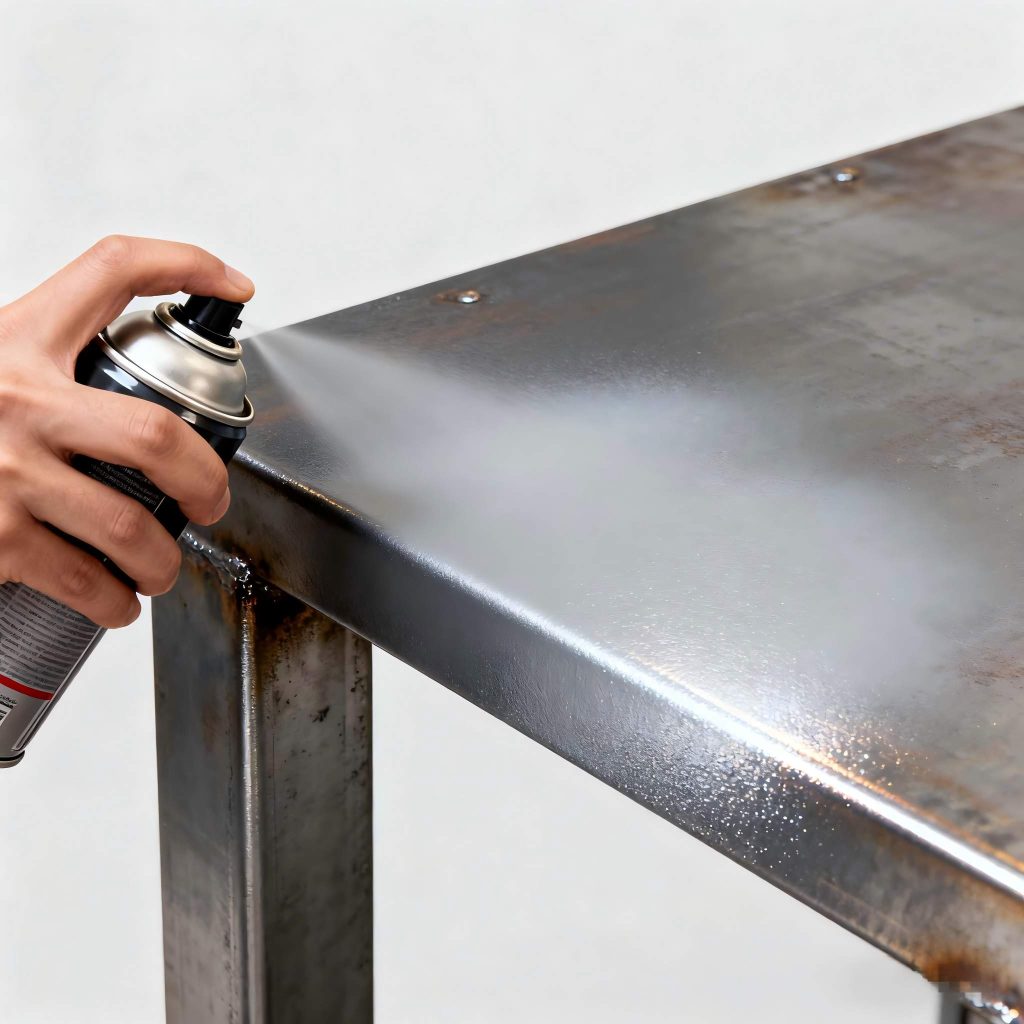
When it comes to reliable suppliers, Konaz stands out as a go-to for heat resistant coatings. Based in Foshan, this tech-driven company has been cranking out high-performance solutions for 15 years, focusing on stuff that withstands up to 800°C without discoloring or peeling. Their lineup includes silicone-based coatings perfect for metal parts in fireplaces, grills, and more—strong adhesion, long-lasting protection, all in a modern 3000-square-meter facility pumping out 1000 tons yearly.
What sets them apart? Innovation and service. They’ve exported globally, earning trust with customizable options and a commitment to quality. If you’re after coatings that boost efficiency and cut costs, Konaz delivers without the hype—just solid results.
To expand a tad, Konaz isn’t just about selling paint. They get the real needs, like making sure coatings fit different metals or setups. Their team has years in the game, so they offer tips on best use. Plus, with their big output, you get steady supply without waits.
Conclusion
To sum it up, picking a heat resistant coating for metal parts comes down to fitting details with what you need—heat level, toughness, simple apply. Do it well, and you’ll guard your stuff, up safety, and get easy running. Be it a fireplace rack or grill rig, the right coating turns headaches into easy days. Set to step up? Check choices and spot the change.
FAQs
What makes “The Ultimate Guide to Choosing a Heat Resistant Coating for Metal Parts” so essential for beginners?
This guide lays out tough picks in easy steps. It uses true cases like BBQ grills or exhaust pipes. And it helps dodge usual traps, like grabbing a weak heat coating that chips quick.
How do I know if a heat resistant coating will work for my fireplace or stove rack?
Look at the heat mark—go for 800°C for straight fire. Try grip on a tiny area. And recall, good clean like wiping oils makes it hold and stay long.
Are silicone-based coatings the best for choosing a heat resistant coating for metal parts in automotive uses?
Sure, they’re common for reasons—they manage 200-800°C, fight wear, and go on smooth. For exhausts, they block rust better than plain ones, from what pros say.
What’s a common mistake when choosing a heat resistant coating for metal parts like heaters?
Skipping dry ways. If you rush and just air it without heat, it might not stick full. Always do the steps for best hold.
How can environmental factors influence choosing a heat resistant coating for metal parts outdoors?
Sun and rain can break down weak coatings. Pick ones with sun block to hold shade on grills or warmers outside—it makes them last without extra work.

